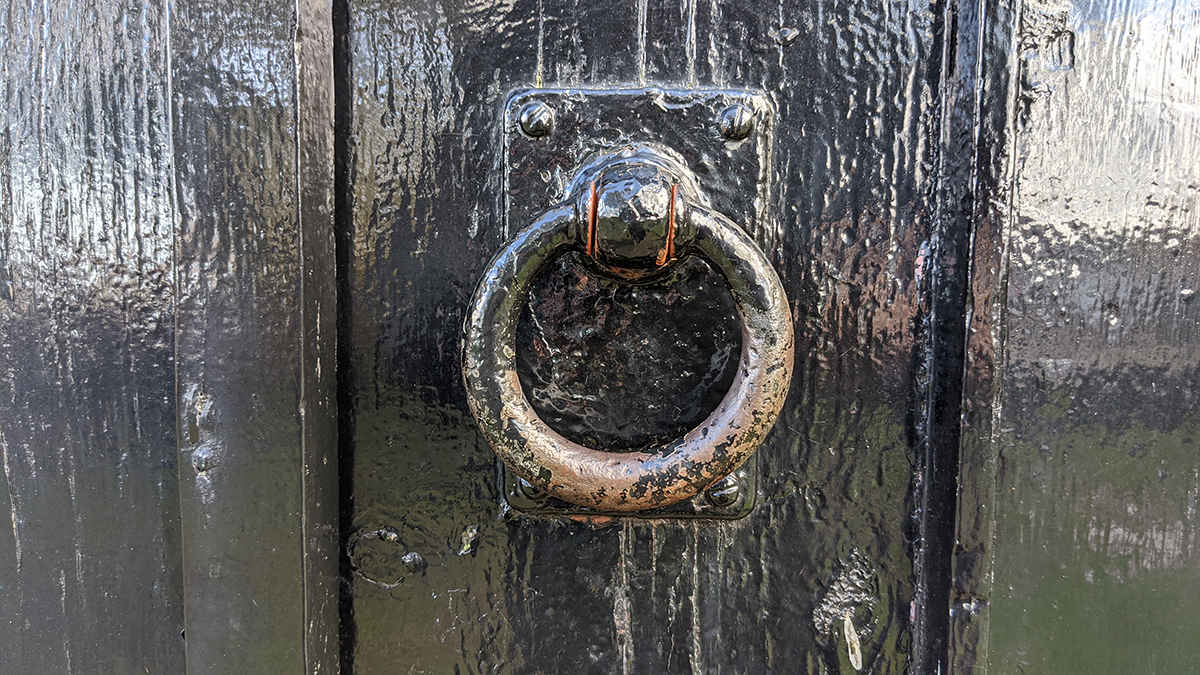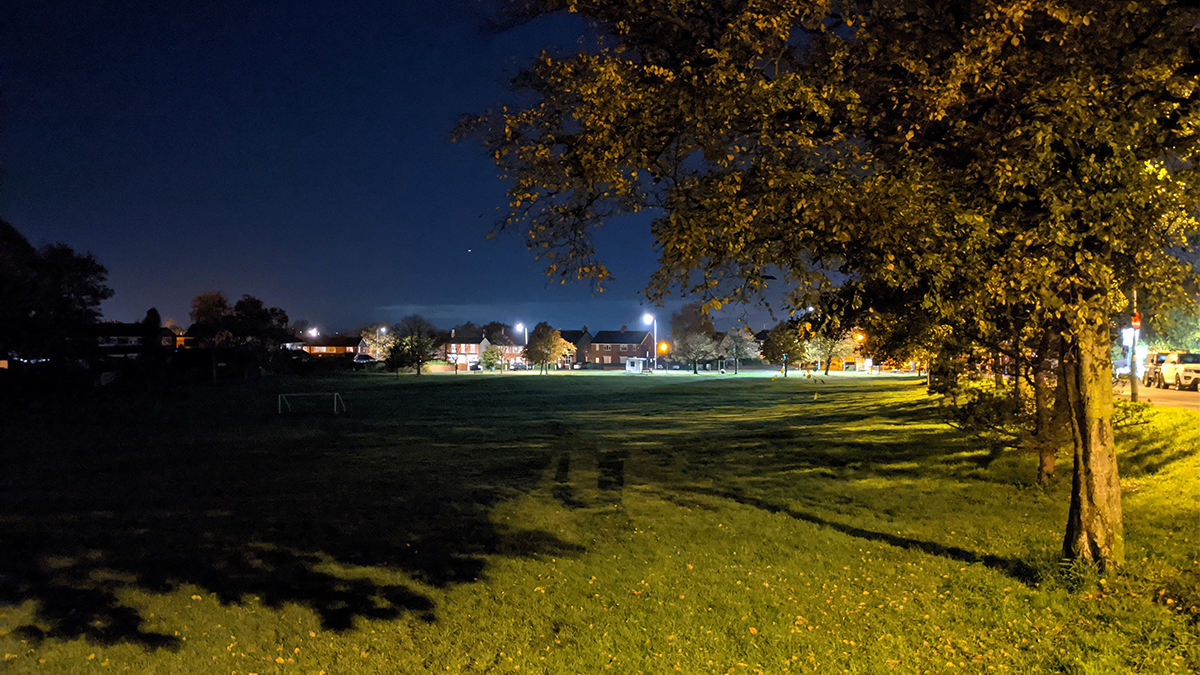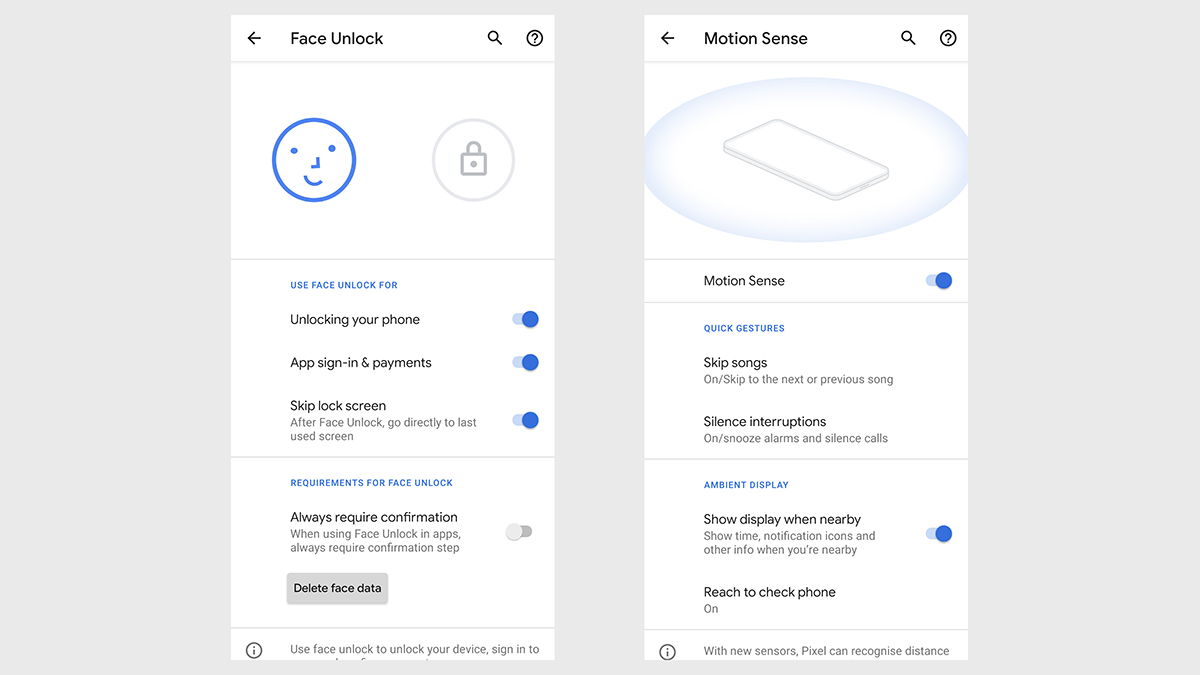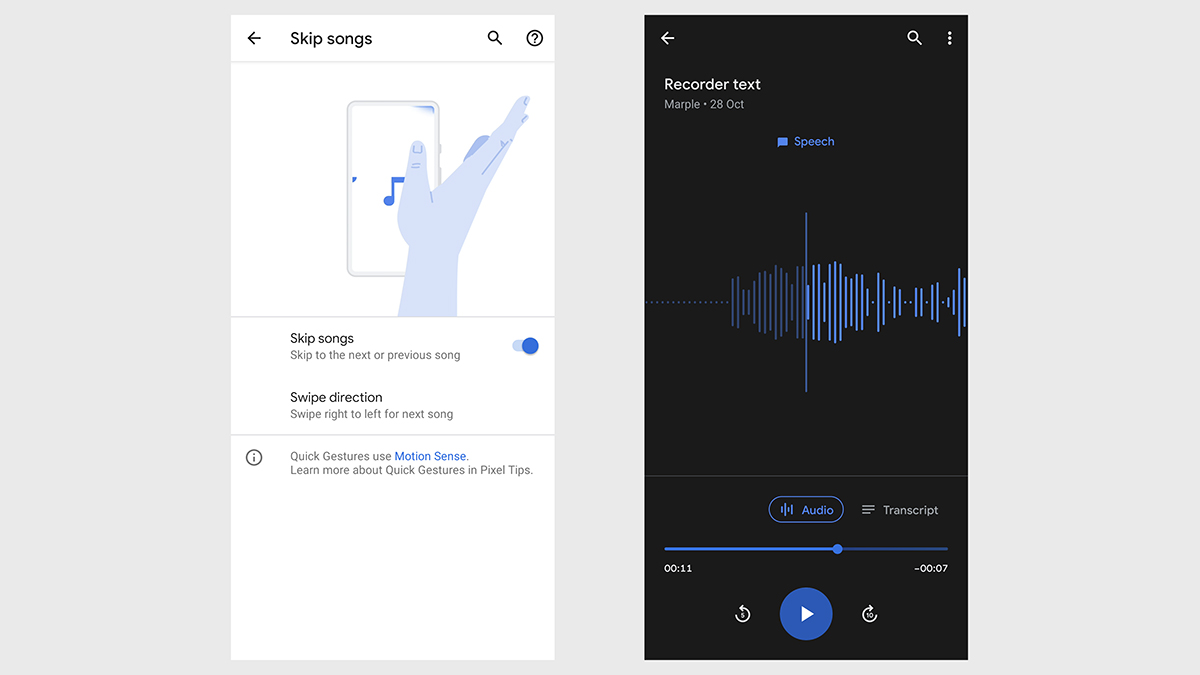Google Pixel 4 review: the best Pixel yet might not be good enough
Has Google done enough to keep up with Samsung and Apple in 2019?

There's lots to like about the Pixel 4: the camera (of course), the AI, the software. But it also has its flaws, and the competition has got much stronger this year.
-
+
Another amazing camera
-
+
Some cool AI tricks
-
+
Face Unlock works really well
-
-
Battery life is average
-
-
Design is a little ho-hum
-
-
Better specs out there
-
-
Missing unlimited photo storage
Why you can trust T3

The Pixel 4 and Pixel 4 XL are Google's flagship phones for 2019, and we've been testing out the smaller 5.7-inch model over the past week – read on to get our thoughts on all the new features, including that extra telephoto lens, and a super-fast face unlock system.
As with previous Pixels, the camera is the focus here, and the Pixel 4 can even take shots of a starry sky at night... provided you can keep it still for four minutes. A clean and fast version of Android 10 is on board as well, plus a few little extra goodies just for the Pixel 4.
- Get caught up on the very best smartphones of today
- Here are our picks for the best Android phones right now
Those extra goodies include a Recorder app that's able to transcribe spoken words (from interviews or lectures) into digital text in real-time, something that's made possible with extra AI smarts embedded in the phone itself (so no need to keep referring to the cloud).
Check the widgets on this page for the latest prices on the Pixel 4, but at the time of writing you can pick it up direct from Google for £669 (with 64GB of storage) or £769 (with 128GB of storage). The larger Pixel 4 XL starts at £829, so there's a hefty price jump between them. Those prices are actually less than the Google Pixel 3 when it launched, last year.
Google Pixel 4 review: design and screen

In terms of its design and aesthetics, the Pixel 4 doesn't quite hit the heights of the Samsung Galaxy S10 or the Apple iPhone 11 Pro, for example – not with that chunky top bezel on the front and that blocky camera lens array on the back (which has the look of a prototype more than anything else).
That said, it's not an ugly phone, especially if you go for the white or coral colours as a contrast to the back (these also have a matte finish as well, whereas the black Pixel 4 has a glossy backing). The sides are textured, which means a comfortable feel in the hand, but there's no doubt Google's competitors are outdoing it in the design stakes right now.

The 5.7-inch OLED display on the Google Pixel 4 is crisp and bright
The 5.7-inch, 1,080 x 2,280 pixel, 19:9 aspect ratio, OLED display is perfectly fine, and we had no complaints in terms of colour, contrast, brightness, sharpness or anything else: it's a quality panel. It runs at a maximum refresh rate of 90Hz too, which means super-smooth scrolling and gaming – though the phone will adapt this refresh rate during the day to save on battery life.
We're glad that the notch now seems to have been consigned to Pixel history, though we do miss the two-tone backing that previous phones in the series had. The Pixel 4 looks a bit nondescript without it, and if you add to that the rather daft-looking camera array on the back, it's not the best year for Pixel phone design.
Google Pixel 4 review: camera and battery

Since the original Pixel, these phones have been known for rocking some of the best cameras in the business, even with a single lens – Google's mastery of image processing algorithms has meant excellent image results. That continues with the Pixel 4, now with an added telephoto lens: there are few better phone cameras out there, though it's a shame you don't get an ultra-wide angle lens.
In all kinds of scenarios, the Pixel 4 camera impresses, snapping shots with rich colour and great detail. The Night Sight mode that has wowed us on previous Pixels is here again, doing wonders with limited light, and this year it's even able to have a go at some astrophotography – provided you can keep the phone perfectly still for four minutes while pointed at the night sky, so it can capture enough detail.














That telephoto lens really helps when zooming in, and combined with the Super Res Zoom digital processing the Pixel does, you can get right up close to the action. As you can see from the snaps we've embedded above, the Pixel 4 is a great choice if you want some of the best mobile photography tools at your fingertips.
This is an area where Google's competitors are catching up, however, with Apple and Huawei now right up there with Google.
Battery life is less impressive, unfortunately: the 2,800mAh battery just about makes it through the day with average-to-heavy use, so you may need to top it up during the evening if you've got a big night out planned. In our one-hour-of-Netflix test, the capacity dropped from 100-percent to 89-percent at full brightness and volume at half the maximum, which is a reasonably respectable score.

Battery life is the Google Pixel 4’s weak point, with only a 2,800mAh stack installed
Google Pixel 4 review: Face Unlock, Motion Sense and more

The Pixel 4 doesn't come with a fingerprint sensor, and nor does the Pixel 4 XL. Instead, Google is taking the Apple approach of relying on face recognition for the biometrics (though you can still have a backup PIN code). This is one feature that works fantastically well – by the time you've lifted up your phone to your face, you're in. You need never see the lock screen again, if you don't want to.
One issue with this, however, is that apps which use your fingerprint for security (such as banking apps) will no longer work, and you'll have to revert to manually typing in your password until these apps get updated to accept face unlock.
The face scanner is one reason the top bezel is so large; the other is Motion Sense, which utilises a tiny radar packed into the phone to allow you to skip songs, silence songs and more with a wave of your hand. We've seen this before in various guises from other manufacturers, and while Google's implementation works pretty well, it's not perfect – and we can't really imagine using it very much.

What we can imagine using is the Recorder app, exclusive to the Pixel 4, which transcribes spoken audio in real-time as you record – perfect for interviews, meetings, and lectures. You can search through your notes with ease, and even run searches for "applause" or "music" (Google can recognise those too).
The Recorder app works offline if needed, as Google has managed to embed some machine-learning artificial intelligence trickery on the device itself.
Speaking of AI, Google Assistant gets better yet again, and should now be able to respond to queries more quickly and with less reliance on the cloud.
Google Pixel 4 review: other specs and features

The rest of the specs of the Google Pixel 4 are rather average – or at least average for a flagship Android phone in 2019. It comes with either 64GB or 128GB of storage and no memory card slot (the Note 10+ goes up to 512GB, with a memory card slot), plus 6GB of RAM (the OnePlus 7T Pro maxes out at 12GB), and the Snapdragon 855 CPU (which has been bettered by the Snapdragon 855+).
Specs aren't everything, of course – Apple's iPhones famously get by on less RAM thanks to the software optimisations going on behind the scenes – but they are something. In just about every category you can find a phone that's beaten the Pixel 4 this year, which isn't a good look for a flagship launching after everyone else has had their go.
The Pixel 4 is fully waterproof and dustproof, with an IP68 rating which means it can survive for up to 30 minutes in water at a depth of up to 1.5 metres. Wireless charging and fast charging are here again, as last year, and you can use the same Pixel Stand that launched alongside the Pixel 3 to turn your phone into a nightstand display.
You've got USB-C or Bluetooth for audio, because the headphone jack is gone for good, and the phone also offers a good-quality pair of stereo speakers. They're fine for gaming, podcasts and movies, and at a push, they'll do for music as well.
One important benefit of the Pixel range so far has been unlimited Google Photo uploads at the original quality – unfortunately that ends with the Google Pixel 4.

The Google Pixel 4’s camera system is excellent
Google Pixel 4 review: price and verdict

The likes of Samsung, Apple and OnePlus have made substantial steps forward with their handsets this year. Google has also made progress with the Pixel 4, in terms of the camera, Motion Sense, Face Unlock and integrated AI – but there are some misses among the hits as well, which you should bear in mind if you're thinking about picking one up.
When it comes to the hardware design, and the internal components, and the battery life, the Pixel 4 is not much more than satisfactory. If Google wants to appeal to power users it needs to go further than a maximum of 128GB of internal storage and no memory card support, for example. Perhaps the mid-range is where the Pixels belong, after the excellent Pixel 3a and Pixel 3a XL.
Yes, it's the best Pixel yet, but the improvements aren't big enough in comparison to the rest of the field – it feels as though Google has lost ground this year. The Pixel 4 still takes stellar photos, and the on-board AI (including Google Assistant) remains the gold standard that everyone else needs to beat... but that might no longer be enough for you to pick this over something else.
The reasons to buy a Pixel phone are the same as ever with the Pixel 4 – that pure Android experience, the power of Google Assistant, and the magic that Google can do with photos (including astrophotography, this year). The Pixel 4 adds some nice touches as well, like Face Unlock and the Recorder app. Most of this is the AI and software at work though – and it feels as though the hardware side is less of a priority for Google.
Sign up to the T3 newsletter for smarter living straight to your inbox
Get all the latest news, reviews, deals and buying guides on gorgeous tech, home and active products from the T3 experts
Dave has over 20 years' experience in the tech journalism industry, covering hardware and software across mobile, computing, smart home, home entertainment, wearables, gaming and the web – you can find his writing online, in print, and even in the occasional scientific paper, across major tech titles like T3, TechRadar, Gizmodo and Wired. Outside of work, he enjoys long walks in the countryside, skiing down mountains, watching football matches (as long as his team is winning) and keeping up with the latest movies.
-
 New Casio G-Shock is half sci-fi nightmare, half Y2K chic
New Casio G-Shock is half sci-fi nightmare, half Y2K chicI hate how much I love this
By Sam Cross Published
-
 Apple's Severance computer may have been a joke, but the keyboard is coming for real
Apple's Severance computer may have been a joke, but the keyboard is coming for realTell us where we can sign up!
By Britta O'Boyle Published
-
 Xbox Series X/S storage space problems solved by a sneaky Xbox Game Pass update
Xbox Series X/S storage space problems solved by a sneaky Xbox Game Pass updateYou may never have to buy external storage again
By Rik Henderson Published